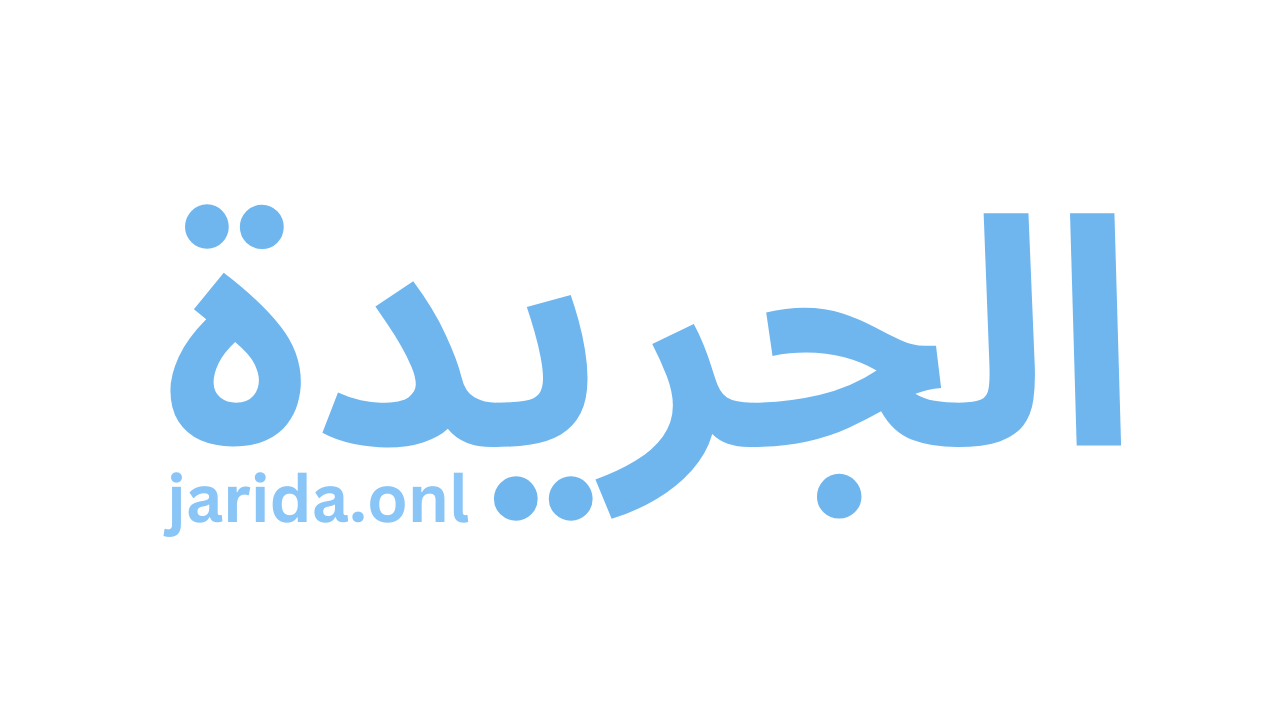, Object inheritance required for inheritance, Object inheritance required for inheritance,
Inheritance in OOP: A Comprehensive Guide to Inheritance in O
Inheritance in OOP: A Comprehensive Guide to Inheritance in O
Inheritance is a fundamental concept in Object-Oriented Programming (OOP) that allows a class to inherit properties and behavior from another class. This provides a way to create a new class that reuses, extends, or modifies the properties and behavior of the base class. Inheritance is a powerful concept that allows for code reuse, extensibility, and maintenance.
Understanding Inheritance
Inheritance is a relationship that allows a new class to inherit the fields and methods of an existing class. The existing class is known as the parent class or base class, and the new class is known as the child class or derived class. The child class inherits the behavior and properties of the parent class, but it can also override or extend the parent class’s behavior.
Why Use Inheritance?
Inheritance provides several benefits in OOP:
- Code Reuse: Inheritance allows for the reuse of code, reducing the amount of code written. This reduces the likelihood of errors and increases program efficiency.
- Extensibility: Inheritance allows for extending the behavior of an existing class, allowing for the creation of new subclasses that inherit the behavior of the existing class.
- Maintainability: Inheritance allows for easier maintenance of code, as changes made to a parent class are automatically inherited by its child classes, reducing the need for manual changes in each class.
Understanding the Relationship between Base and Derived Classes
The relationship between the parent class and the child class is known as inheritance. The child class inherits the behavior and properties of the parent class, but it can also override or extend the parent class’s behavior.
For example, imagine a simple game where players have different characteristics and actions. Suppose there is a base class called Player that has properties such as health, energy, and stamina, and methods such as move, attack, and defend. Suppose there are two child classes: Wizard and Knight. The Wizard class inherits the properties and methods of the Player class, but adds its own properties such as mana and spell power, and methods such as cast spell and regenerate mana. The Knight class inherits the properties and methods of the Player class, but adds its own properties such as speed and strength, and methods such as charge and parry.
Types of Inheritance
Inheritance can be categorized into two types: single inheritance and multiple inheritance.
Single Inheritance:
Single inheritance refers to a situation where a child class inherits from only one parent class. This is the simplest and most common form of inheritance in OOP.
class Parent:
def __init__(self):
self.name = "Parent"
class Child(Parent):
def __init__(self):
super().__init__()
self.age = 10Multiple Inheritance:
Multiple inheritance refers to a situation where a child class inherits from multiple parent classes. Multiple inheritance can be dangerous because it can lead to ambiguity and confusion.
class ParentA:
def __init__(self):
self.name = "ParentA"
class ParentB:
def __init(self):
self.name = "ParentB"
class Child(ParentA, ParentB):
def __init__(self):
super().__init__()To solve this problem, Python uses a method called method resolution order (MRO) to determine which class is used when methods are called.
Inheritance in Python
In Python, inheritance can be implemented using the super() function. This function allows the child class to call methods of the parent class.
class Parent:
def __init__(self):
self.age = 10
class Child(Parent):
def __init__(self):
super().__init__()Different Types of Inheritance
There are several types of inheritance in OOP:
- Single Inheritance: Where a child class inherits from only one parent class.
- Multiple Inheritance: Where a child class inher from multiple parent classes.
- Hierarchical Inheritance: Where a class has multiple child classes.
- Multilevel Inheritance: Where a child class is also a parent class.
Benefits of Inheritance
Inheritance in OOP provides many benefits, including:
- Code Reuse: Inheritance allows for code reuse, reducing the amount of code written and reducing the likelihood of errors.
- Extensibility: Inheritance allows for extending the behavior of an existing class, allowing for the creation of new subclasses that inherit the behavior of the existing class.
- Maintainability: Inheritance allows for easier maintenance of code, as changes made to a parent class are automatically inherited by its child classes, reducing the need for manual changes in each class.
Differences Between Inheritance and Composition
In inheritance, a child class inherits from a parent class, whereas in composition, a class has an object of another class. This is a fundamental difference between the two concepts.
class Parent:
def __init__(self):
self.name = "Parent"
class Child(Parent):
def __init__(self):
super().__init__()
self.age = 10The benefits of inheritance include:
- Code Reuse: Inheritance allows for code reuse, reducing the amount of code written and reducing the likelihood of errors.
- Extensibility: Inheritance allows for extending the behavior of of an existing class, allowing for the creation of new subclasses that inherit the behavior of the existing class.
- Maintainability: Inheritance allows for easier maintenance of code, as changes made to a parent class are automatically inherited by its child classes, reducing the need for manual changes in each class.
Understanding the Relationship between Base and Derived Classes
The relationship between the parent class and the child class is called inheritance. The child class inherits the behavior and properties of the parent class, but it can also override or extend the parent class’s behavior.
For example, imagine a simple game where players have different characteristics and actions. Suppose there is a base class called Player that has properties such as health, energy, and stamina, and methods such as move, attack, and defend. Suppose there are two child classes: Wizard and Knight. The Wizard class inherits the properties and methods of the Player class, but adds its own properties such as mana and spell power, and methods such as cast spell and regenerate mana. The Knight class inherits the properties and methods of the Player class, but adds its own properties such as speed and strength, and methods such as charge and parry.
Inheritance in OOP: A Comprehensive Guide to Inheritance in O
Inheritance is a fundamental concept in Object-Oriented Programming (OOP) that allows a class to inherit properties and behavior from another class. This provides a way to create a new class that reuses, extends, or modifies the properties and behavior of the base class. Inheritance is a powerful concept that allows for code reuse, extensibility, and maintenance.
Understanding Inheritance
Inheritance is a relationship that allows a new class to inherit the fields and methods of an existing class. The existing class is known as the parent class or base class, and the new class is known as the child class or derived class. The child class inherits the behavior and properties of the parent class, but it can also override or extend the parent class’s behavior.
Why Use Inheritance?
Inheritance provides several benefits in OOP:
- Code Reuse: Inheritance allows for the reuse of code, reducing the amount of code written. This reduces the likelihood of errors and increases program efficiency.
- Extensibility: Inheritance allows for extending the behavior of an existing class, allowing for the creation of new subclasses that inherit the behavior of the existing class.
- Maintainability: Inheritance allows for easier maintenance of code, as changes made to a parent class are automatically inherited by its child classes, reducing the need for manual changes in each class.
Understanding the Relationship between Base and Derived Classes
The relationship between the parent class and the child class is known as inheritance.
- Code Reuse: Using inheritance allows for code reuse, reducing the amount of code written. This reduces the likelihood of errors and increases program efficiency.
- Extensibility: where a new class is extended to inherit from a super class , <,, and maintenance of program, Employee,



















